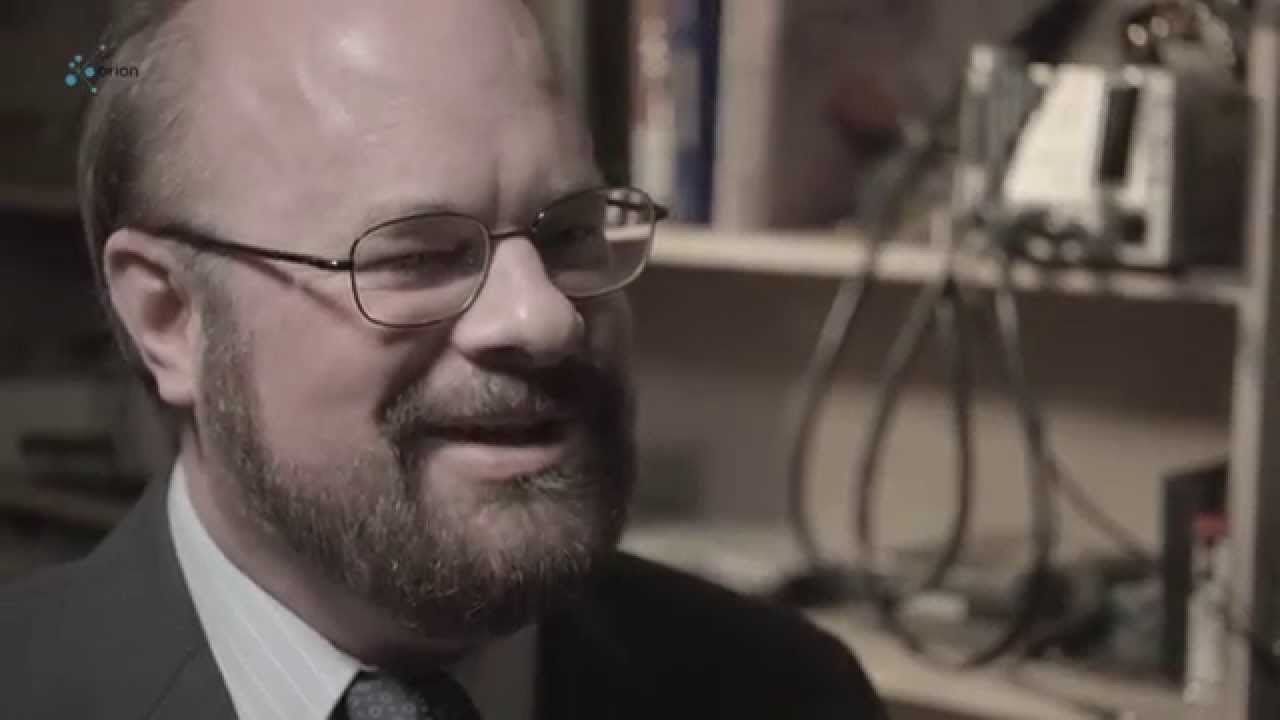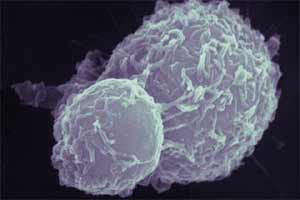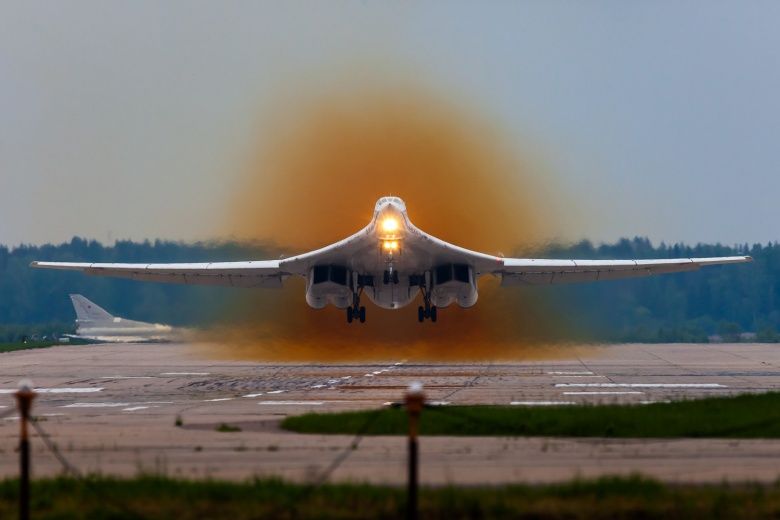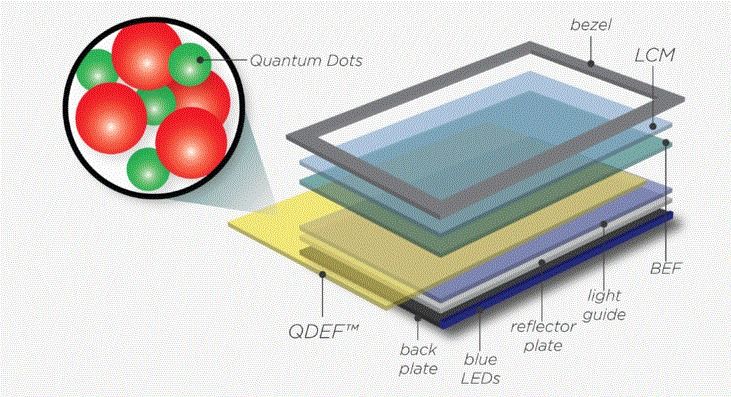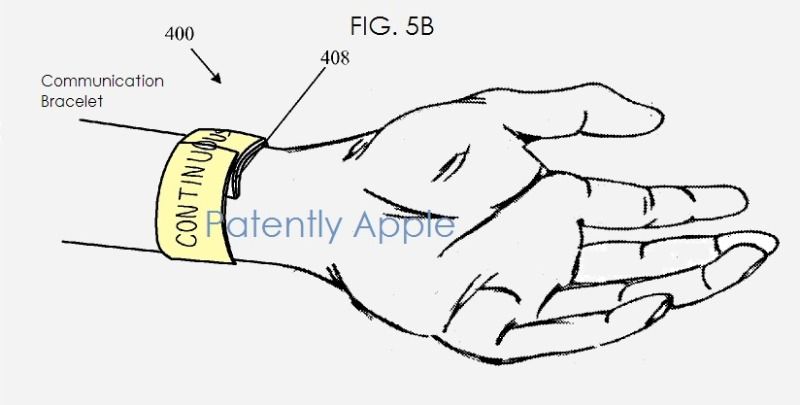Plastic packaging may seem impenetrable, and often nearly impossible to remove, but water molecules can still pass through. This permeability to moisture can reduce the lifespan of a product.
Packaging is everywhere, even for individual vegetables or fruits. Wrapping products ranging from electronics to food in plastic films protect them from bacteria, dust, and to some extent water.
According to Praveen C. Ramamurthy, the lifespan of a moisture-sensitive organic light-emitting diode can be maximized for more than a year if the packaging has the ability to restrict water vapor from penetrating at a rate less than 10-6 grams per square meter every day. Modern day packaging is not capable of accomplishing that goal, however Ramamurthy and colleagues wanted to find out if combining graphene to flexible polymer was sufficient.



